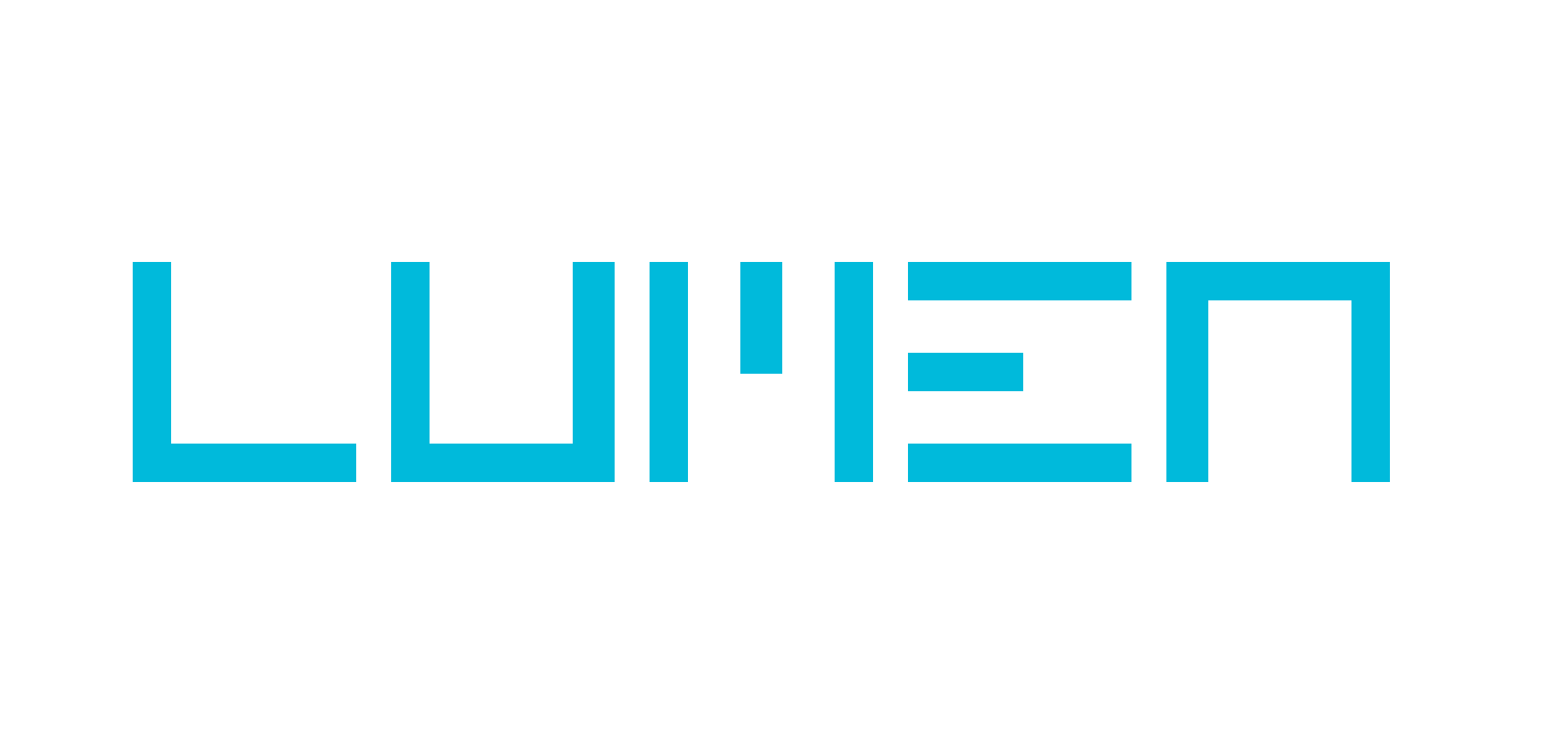00.00
'Public' vs 'Private' media: How we only want what we want because other people want it

We all can agree that an ad is worthless if no one sees it. But is an ad worth anything if only ONE person sees it?
This debate about the value of ‘public’ versus ‘private’ advertising has been picking up steam, especially amongst OOH providers.
The out-of-home industry has started things off by answering the first question. Uniquely amongst media, they don’t sell their ad inventory on the basis of impressions, or even of viewable impressions. No, they go further, and sell on the basis of impressions that are likely to get looked at (as measured by eye tracking studies). When you buy an out-of-home ad, it’s priced on the basis of its ‘realistic opportunity to see’ – otherwise known by its unlovely acronym, ‘ROTS’.
This is massively unfair. One media strives to reach the ROTS standard, while the rest are a bit, well, rotten. So we thought we would level the playing field. What would happen if all media were compared using the same yardstick? A few weeks ago, Neil Eddleston, Managing Director of JCDecaux OneWorld and I talked about this experiment at the ARF’s Audience x Science conference. The event was meant to be in a fancy hotel in New York, but, like so much of business life nowadays, was conducted entirely from our respective bedrooms and home offices. You can see the 15 min webinar/hostage video here.
As you might expect, raising the standards across all media changes the relative value of each. Sure, digital looks cheap on a total impression basis, but when you apply the ROTS standard, you can see that it is cheap for a reason. OOH ads often get noticed more, and often for far longer, then their desktop or mobile equivalents.
But I think there’s more to the value of OOH than simply the sheer volume of attention your get (impressive as this may be). It’s also about the quality of attention that it generates – and specifically the public nature of that attention.
This is the subject of a new book by Justin Gibbons, of Work Research, called P2+C=5 (weird title, good book). Justin points out that there’s a big difference between ‘public’ and ‘private’ media. OOH is the archetypical ‘public’ media. It does not hide its light under a bushel: ads are made manifest, that they may be seen of men. Programmatic advertising, on the other hand, is the prototypical ‘private’ media. The ads are minutely segmented and targeted, reacting to your past online behaviour in sometimes embarrassingly personal ways.
Of late, we have come to think that the private beats the public in creating value for advertisers: anything that is not perfectly personalised is considered ‘wastage’. But Justin’s book tells a different story. Most advertising is about creating awareness of ‘positional goods’: what’s the point of buying a Rolls Royce if no one else knows what a Rolls Royce ‘means’? And if we are all stuck within our own filter bubbles how can we be sure that the goods we buy are sending out the messages that we want to transmit? You don’t have to be Veblen or Girard to realise that we want what we want because other people want it.
This makes me think that the attention that OOH ads (and perhaps TV ads too) generate may be qualitatively more valuable than the same amount of attention generated by more ‘personal’ media. Sure, I looked at a poster for a couple of seconds – about the same time as I looked at the Facebook ad on my phone. But I also know that everyone else around me also looked at the poster for 2 seconds. I can assume that they know the same things as I do about the brand I’m about to buy: they will know what it means.
At Lumen, we’ll have to do much more work to understand the differential value of ‘public’ and ‘private’ attention. It’s something that we have begun to talk about with Richard Shotten of Astroten about, but we’ve only just started the conversation. If you would like to join in, get in touch.
00.00









